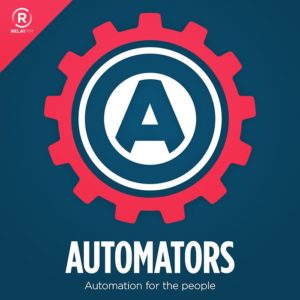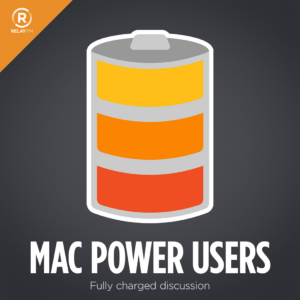After Apple’s latest announcement, Rosemary and I are using this episode of Automators to review our iPad usage and how we automate on it.
The Lab Report for May 17, 2024
It’s time for the Lab Report, covering this week’s Apple news, rumors, and more… This is a post for MacSparky Labs Members. Care to join? Or perhaps you need to sign in?
Ideal Weeks – MacSparky Labs Deep Dive (Video)
Building on the Calendars Revisited Deep Dive from March, in this session we covered the topic of Ideal Weeks, how we create and use them.… This is a post for the Early Access MacSparky Labs Members. Care to join? Or perhaps you need to sign in?
Using Soulver
Soulver is one of the strangest calculator/text apps you’ll ever encounter. Here’s a brief introduction to how it works.
… This is a post for MacSparky Labs Members. Care to join? Or perhaps you need to sign in?
Block Scheduling Tricks in Calendar and Fantastical
Here’s a collection of simple tricks I use when block scheduling in both Fantastical and Apple’s Calendar.… This is a post for the Early Access and Backstage MacSparky Labs Members. Care to join? Or perhaps you need to sign in?
The iPad’s Sins
Federico Viticci did an outstanding job cataloging ways in which getting work done on your iPad is still difficult in 2024. What’s most frustrating about this list is that many of these points could have (and were) written about ten years ago.
It is frustrating when you consider the untapped potential of the iPad. With different stewardship, it could have been so much more by now. I keep coming back to the conclusion that the iPad didn’t blossom into something more because Apple is not interested (or interested enough) in doing that. Even more so with the recent Mac renaissance, Apple, through its actions, is saying, “The iPad is for people with simple tasks who don’t want the complexity of a Mac, and the Mac is for all that complex work.” If you just look at the sales spreadsheets, you could argue that that is the right approach.
But as an Apple fan, that isn’t satisfactory to me. Apple has often been the tech company with both the vision and temerity to blaze a new path. With the iPad, all the pieces are there. The hardware is innovative and cutting edge, but when it comes to software, Apple just doesn’t seem interested in taking the training wheels off of iPadOS.
Mac Power Users 744: Apple’s “Let Loose” iPad Event
This week, Apple unveiled new iPad Pro and iPad Air models. On this episode of Mac Power Users, Stephen and I talk through the news and discuss why hardware isn’t at the heart of the iPad’s struggles.
This episode of Mac Power Users is sponsored by:
- 1Password: Never forget a password again.
- ExpressVPN: High-Speed, Secure & Anonymous VPN Service. Get an extra three months free.
- NetSuite: The leading integrated cloud business software suite.
- Indeed: Join more than 3.5 million businesses worldwide using Indeed to hire great talent fast.
Calendars Revisited – MacSparky Labs Deep Dive (Video)
Here’s the video from a recent MacSparky Labs Deep Dive. In this session, we discussed revisiting calendar strategies, and pull-based productivity. … This is a post for the Early Access MacSparky Labs Members. Care to join? Or perhaps you need to sign in?
The Lab Report for May 10, 2024
In this week’s episode of The Lab Report: It’s all about the new iPads, Tandem OLED and M4 explained, a little Apple ad drama, and…no more Apple stickers?
… This is a post for MacSparky Labs Members. Care to join? Or perhaps you need to sign in?
Happening Today: Q2 Planning Midpoint Call
Use TextExpander snippet with clipboard


